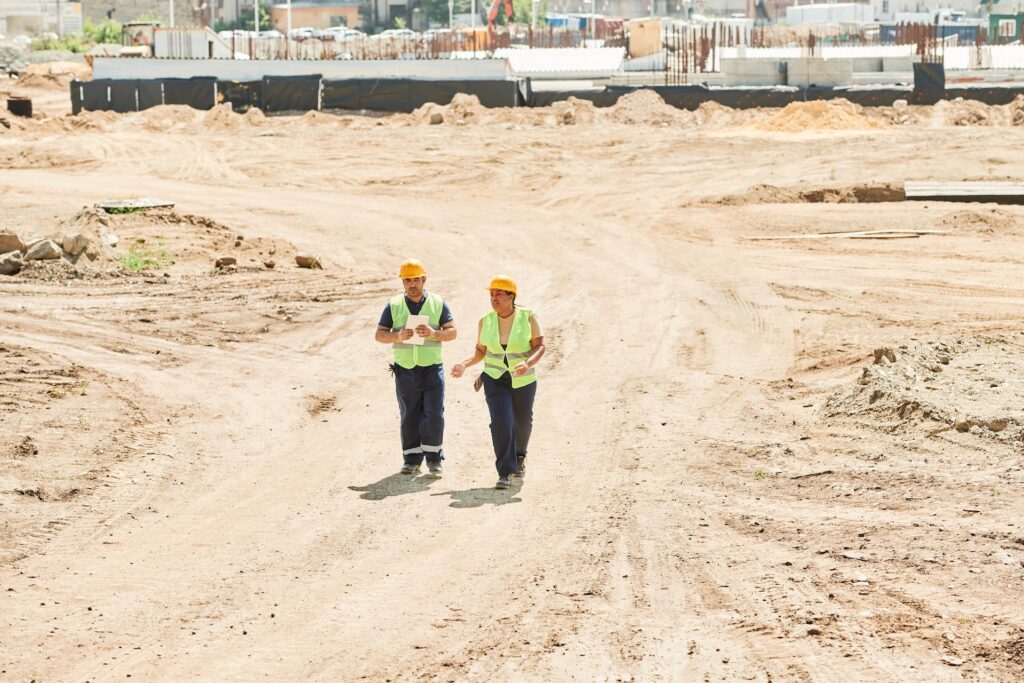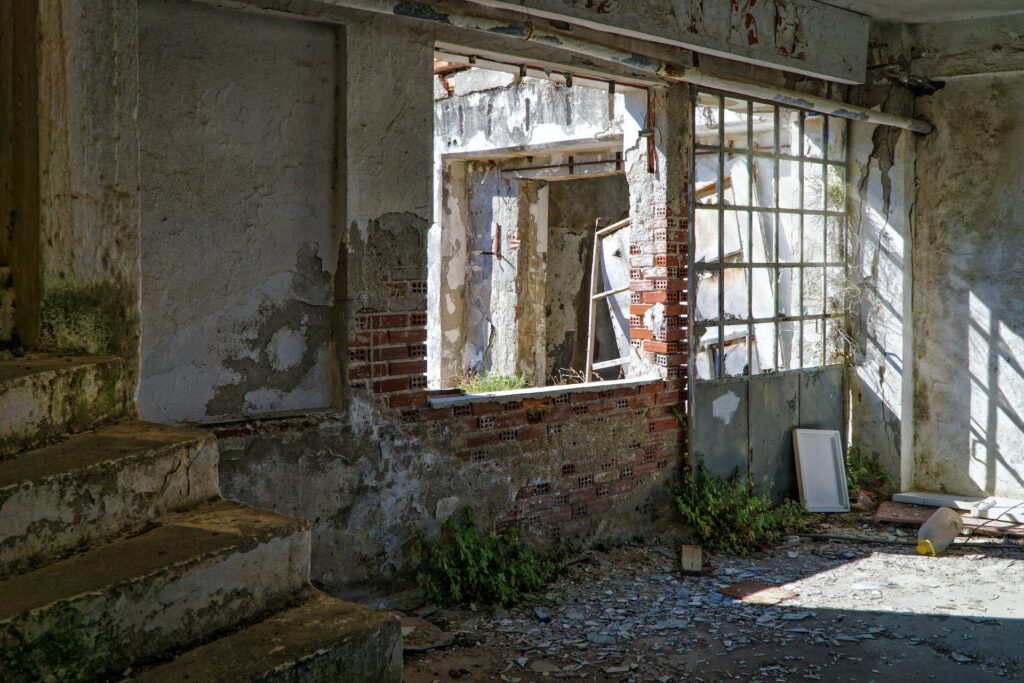Demolition is a crucial process in urban development, paving the way for new structures and urban renewal. However, the inherent risks associated with demolishing buildings make safety measures paramount. From protecting workers to minimizing environmental impact, a comprehensive approach to safety is essential for successful and secure demolition projects.

Understanding the Risks
Demolition involves dismantling structures, often with heavy machinery and equipment. The potential risks include falling debris, structural instability, exposure to hazardous materials, and equipment accidents. Safety measures are designed to mitigate these risks and create a secure working environment for all involved.
Pre-Demolition Safety Assessment
Before any demolition project begins, a thorough safety assessment is crucial. This includes evaluating the structural integrity of the building, identifying potential hazards, and assessing the surrounding environment. Engaging structural engineers and safety experts helps in creating a comprehensive plan tailored to the specific project.
Personal Protective Equipment (PPE)
One of the foundational aspects of demolition safety is the use of personal protective equipment. Workers must be equipped with appropriate gear, including hard hats, safety glasses, gloves, steel-toed boots, and respiratory protection. Ensuring that all workers are properly outfitted significantly reduces the risk of injuries.
Training and Certification
Proper training is imperative for the safe execution of demolition projects. Workers should be well-versed in operating machinery, understanding demolition techniques, and recognizing potential hazards. Regular training sessions and certifications ensure that the team is up-to-date with the latest safety protocols.
Site Security and Restricted Access
Maintaining site security is vital to preventing unauthorized access and ensuring the safety of workers and the public. Erecting barriers, fencing, and warning signs helps in restricting entry to the demolition site. This precautionary measure minimizes the risk of accidents and injuries caused by unaware individuals entering the work zone.
Hazardous Material Management
Demolition projects often involve handling hazardous materials such as asbestos, lead, or other toxic substances. Proper identification, removal, and disposal of these materials are critical to prevent health hazards for both workers and the surrounding community. Compliance with environmental regulations is essential to minimize the impact on air and water quality.
Structural Engineering and Planning
Engaging structural engineers in the planning phase is essential for understanding the building’s structural intricacies. This information is crucial in determining the safest and most effective demolition methods. Proper planning ensures that the structure can be safely dismantled without compromising nearby buildings or infrastructure.
Monitoring Air Quality
Demolition activities can release dust and airborne particles into the environment. Monitoring air quality is essential to mitigate the impact on the health of workers and nearby residents. Implementing dust control measures, such as water sprays and barriers, helps in reducing the spread of airborne contaminants.
Emergency Response Preparedness
Despite meticulous planning, unexpected situations can arise during demolition projects. Establishing a comprehensive emergency response plan is crucial to handle unforeseen events promptly. This includes having first aid stations, emergency exits, and communication protocols in place to address accidents or structural failures.
Regular Inspections and Maintenance
Continuous monitoring and regular inspections of equipment and machinery are vital for ensuring their proper functioning. Malfunctioning equipment can pose a significant safety risk. Implementing a proactive maintenance schedule helps identify potential issues before they escalate, ensuring a safer working environment.
Environmental Impact Mitigation
Demolition safety measures extend beyond human well-being to include environmental considerations. Minimizing the impact on the surrounding ecosystem involves proper waste disposal, recycling materials whenever possible, and adhering to sustainability standards. This holistic approach aligns with contemporary ideals of responsible construction practices.
Demolition safety measures are a cornerstone of responsible and successful urban development. By prioritizing the well-being of workers, safeguarding the surrounding community, and minimizing environmental impact, demolition projects can contribute to progress without compromising safety. Embracing a comprehensive approach to safety ensures that the path to renewal is both secure and sustainable.



